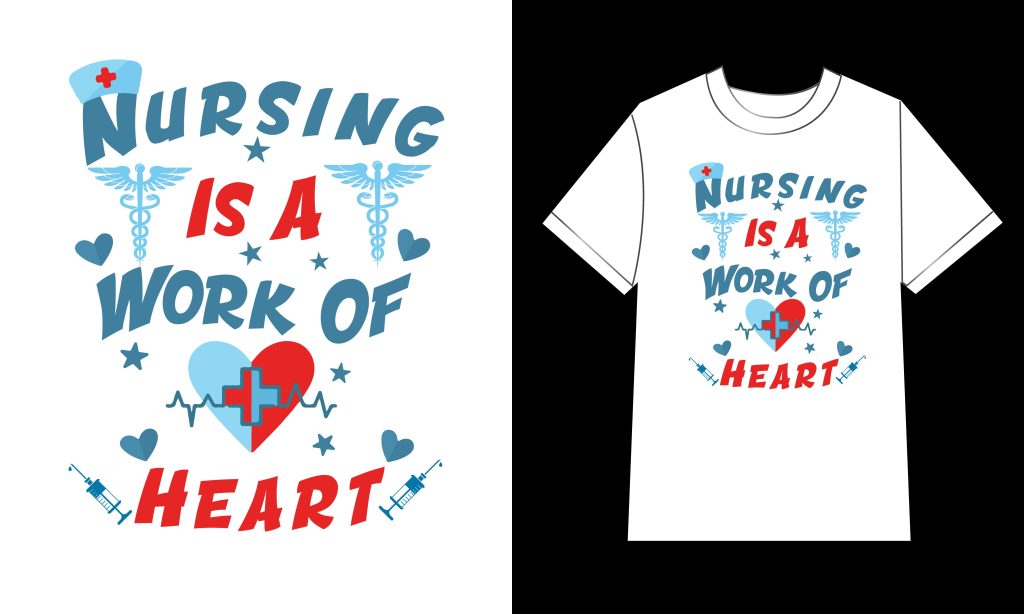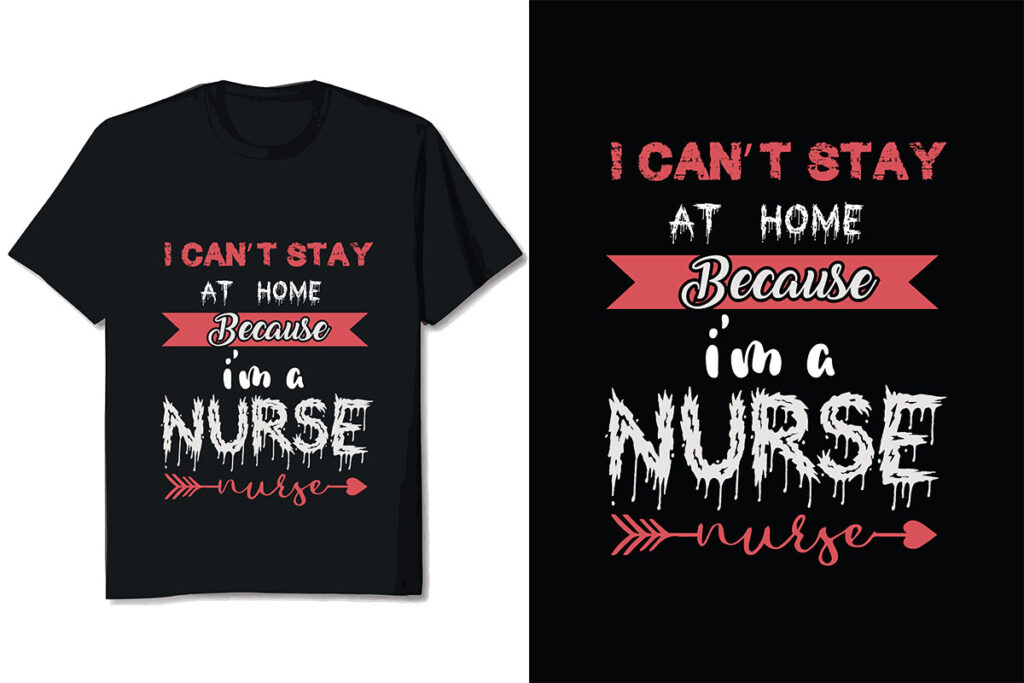In the realm of Direct-to-Film (DTF) printing, understanding essential DTF supplies is crucial for success. This innovative printing technique relies on a mix of advanced equipment such as DTF printers and high-quality DTF transfer films to produce stunning designs on various garments. By choosing the right materials, including adhesive powder for DTF, you can ensure durable and vivid prints that appeal to customers. Whether you’re a hobbyist or running a small business, having access to comprehensive DTF printing equipment will elevate your results. Join the growing number of businesses embracing DTF printing and discover how these supplies can transform your creative projects into reality.
When exploring the world of Direct-to-Film technology, it’s essential to familiarize yourself with the various components needed for seamless printing. Utilizing state-of-the-art DTF printers alongside specialized transfer films allows for a unique printing process that has taken the custom apparel industry by storm. Moreover, incorporating quality adhesive powder into your workflow can significantly enhance the longevity and vibrancy of your designs. By honing in on the necessary DTF printing tools and resources, you’ll position yourself for success in this innovative and flexible printing method. Embrace the evolution of apparel decoration with the right setup and watch your creativity flourish.
The Importance of DTF Printing Equipment
In the world of Direct-to-Film (DTF) printing, the quality of your equipment directly impacts the results you achieve. DTF printers play a pivotal role in delivering vibrant colors and sharp details on your designs. It is essential to select a printer specifically designed for DTF applications, such as the Epson L1800, which is known for its ability to produce high-quality outputs consistently. Using dedicated DTF printing equipment ensures that your designs transfer flawlessly onto garments, making the initial investment in proper machinery a sound decision for anyone serious about custom apparel printing.
Additionally, the rapid evolution of DTF printing technology means that newer models frequently hit the market, providing enhanced speed and performance. As the industry grows, the availability of more efficient DTF printers ensures that you can keep up with high demand and deliver superior quality products to your customers. By investing time into researching the best available DTF printing equipment, you open doors to new possibilities and maximize your creative potential in the apparel decoration business.
Choosing the Right DTF Transfer Films
The selection of DTF transfer films is critical in the printing process. Utilizing high-quality PET films is essential as they are the foundation for transferring designs onto garments. These films not only ensure that your artwork is printed accurately but also maintain its integrity during the transfer process. A reliable transfer film can mean the difference between a flawless design and a disappointing print, making it imperative to choose wisely.
Moreover, innovations in DTF transfer films are advancing rapidly. Features like high-release coatings enhance the transfer efficiency, allowing for cleaner releases of prints on various fabrics. As you strategize your DTF setup, keeping up to date with the latest advancements in films can significantly elevate the quality of your end products. Investing in superior transfer films will not only improve the visual appeal of your designs but also their longevity on the garments.
Understanding DTF Inks and Their Variants
In the realm of DTF printing, the inks you use play a vital role in achieving desired outcomes. DTF inks are typically water-based and engineered specifically for printing onto transfer films. This composition not only enhances the adhesion of the design once transferred but also ensures that colors remain vibrant and intact through multiple washes. Selecting the right inks means balancing color quality, durability, and ease of use, which can streamline your workflow.
Additionally, the market is seeing a shift towards eco-friendly DTF inks as environmental considerations become more prominent. Transitioning to sustainable ink options not only aligns your business with modern ecological standards but may also appeal to eco-conscious consumers. As you explore DTF printing supplies, pay close attention to the types of inks available, focusing on those that combine quality with a commitment to environmental sustainability.
The Role of Adhesive Powder in DTF Printing
Adhesive powder is a crucial component in the DTF printing process, facilitating the successful adhesion of designs to garments. This powder is applied to wet inks before the curing process, providing a vital bond that ensures prints last for the long term. The choice of adhesive powder can directly influence the durability of your prints, making it imperative to select a high-quality product designed for DTF applications.
Recent advancements in adhesive powder technology have led to formulas that enhance adhesion and improve the wash-resistance of prints. These innovations can significantly elevate your printing output, leading to designs that can withstand repeated laundering without fading or peeling. Understanding the role of adhesive products and their application is essential for optimizing the DTF printing process and achieving high-quality results.
Maximizing Quality with Heat Press Machines
A reliable heat press machine is a key element in the DTF printing process, providing the necessary heat and pressure to bond designs to fabrics effectively. When selecting a heat press, look for features such as adjustable temperature settings and pressure levels to accommodate various materials. These features are essential for ensuring that the transfer process is consistent, resulting in high-quality prints that adhere well to the garment.
Furthermore, investing in a heat press machine with programmable settings can greatly simplify the process, allowing for quick adjustments between different fabric types and transfer requirements. With the right heat press in your DTF setup, you can achieve professional results, ensuring that each piece produced meets the quality standards expected in the competitive custom apparel market.
Post-Printing Equipment: Essential for Quality Control
Post-printing equipment, such as curing ovens and drying units, is crucial for achieving high-quality prints in DTF printing. Proper curing of prints ensures that the inks set correctly, enhancing durability and resistance to washing. A well-designed curing oven can maximize production efficiency by ensuring consistent drying times and temperatures, which directly impacts the quality of the finished garment.
Moreover, advancements in curing technology are paving the way for more efficient and effective post-printing processes. Utilizing modern curing solutions that offer precise control over temperature and airflow can reduce the risk of print defects, ultimately leading to higher customer satisfaction. In the competitive landscape of DTF printing, prioritizing investment in post-printing equipment equips your operation with the quality control needed to produce outstanding results.
Frequently Asked Questions
What are the essential DTF supplies for successful Direct-to-Film printing?
To successfully execute Direct-to-Film (DTF) printing, essential supplies include a reliable DTF printer (like the Epson L1800), specialized DTF inks, high-quality DTF transfer films (PET films), adhesive powder for DTF, a powerful heat press machine, and reliable curing equipment. Additionally, using appropriate design software like Adobe Illustrator can enhance your design preparation process.
How do I choose the right DTF printer for my business?
Choosing the right DTF printer involves considering models that are proven to deliver vibrant colors and high-quality prints, such as modified inkjet printers or specific models like the Epson L1800. It’s important to assess your print volume needs, desired speed, and ensure compatibility with DTF transfer films and inks.
What types of DTF inks are recommended for high-quality prints?
For DTF printing, it is crucial to use specialized water-based DTF inks designed for flexibility and durability on fabric. Eco-friendly DTF inks are also becoming popular as they address environmental concerns while offering the same vibrant results.
Can you explain the role of adhesive powder in DTF printing?
Adhesive powder for DTF is essential for ensuring a strong bond between the printed transfer and the garment. It is sprinkled onto the wet ink before curing, enhancing adhesion and ensuring that prints withstand washing and wear.
What are the key features to look for in a heat press machine for DTF printing?
When selecting a heat press for DTF printing, look for models that offer adjustable temperature, pressure settings, and programmable functions. These features help achieve uniform heat distribution and pressure, which are crucial for successful adhesion of DTF designs onto garments.
How can I optimize my DTF printing process with design software?
Optimizing the DTF printing process can be achieved by using advanced design software like Adobe Illustrator or CorelDRAW. These programs allow for precise design preparation, color management, and automated color separation, which are vital for achieving high-quality prints.
| Key Point | Details |
|---|---|
| Understanding DTF Printing | Innovative printing method that transfers designs via special films, popular for its flexibility and quality. |
| DTF Printer | Crucial for DTF printing; recommended models include Epson L1800 and modified inkjet printers. |
| Inks | Specialized water-based pigments are necessary; increasing interest in eco-friendly options. |
| Transfer Films | Essential for design transfer; PET films are common, and innovations include high-release films. |
| Adhesive Powder | Used to bond designs to garments; newer formulations are improving durability. |
| Heat Press Machine | Essential for heat and pressure in the bonding process; look for programmable models. |
| Post-Printing Equipment | Curing ovens ensure quality drying and curing of prints. |
| Design Software | Popular programs include Adobe Illustrator and CorelDRAW; new tools emerging for DTF. |
| Apparel Selection | Cotton and polyester blends are ideal; sustainability is increasingly prioritized. |
Summary
DTF supplies are essential for anyone looking to harness the power of Direct-to-Film printing, particularly in the custom apparel industry. This comprehensive overview of DTF supplies not only highlights the importance of each component in the printing process—from printers and inks to transfer films and adhesive powders—but also encourages users to stay updated with the latest advancements in technology. The right choice of equipment and materials can significantly enhance the quality of prints and efficiency of operations, allowing for the production of stunning designs on various fabrics. Whether you are a new entrant in the market or a seasoned professional, understanding and effectively utilizing DTF supplies will pave the way for creative success and business growth in the evolving world of garment decoration.



